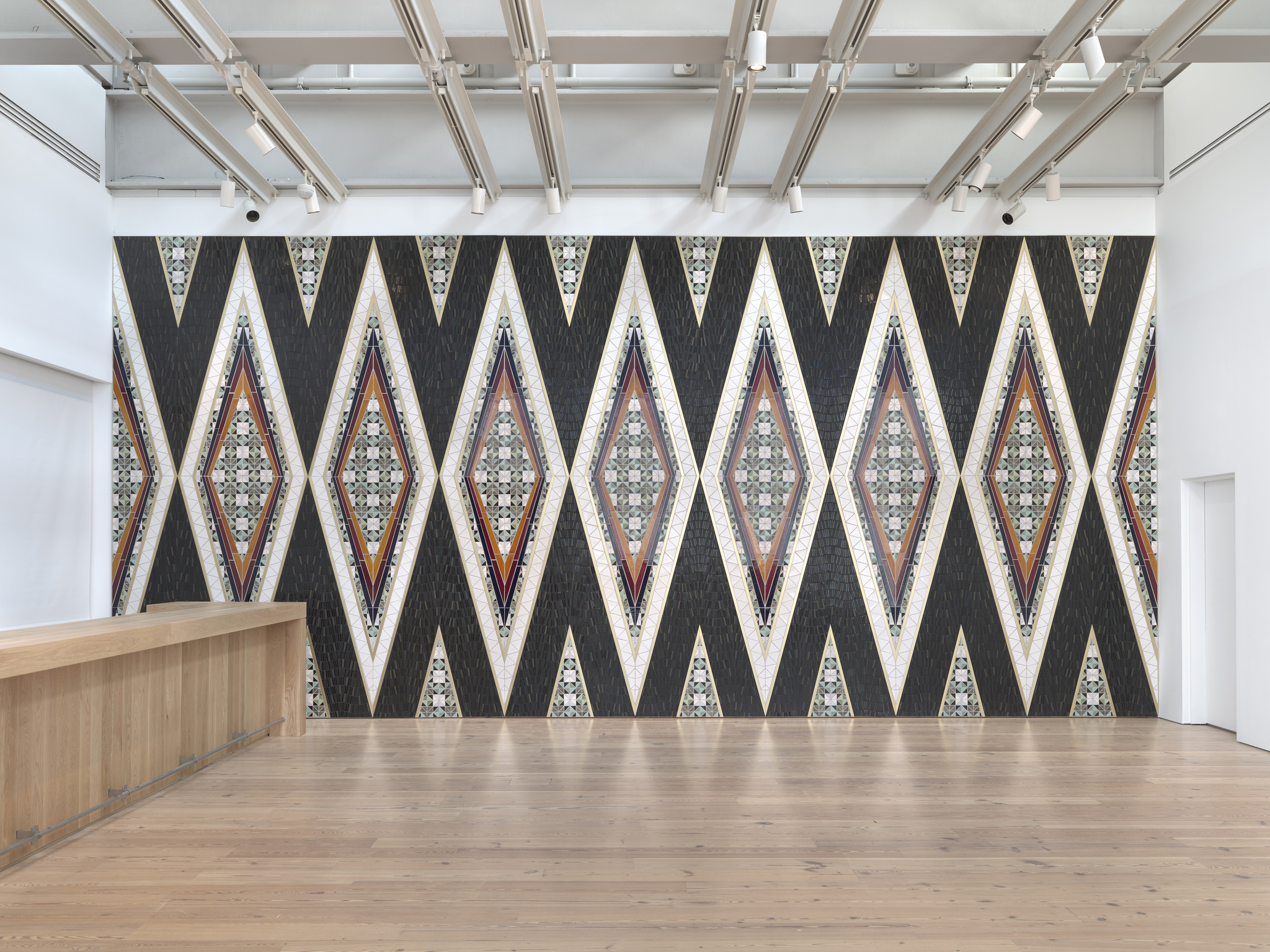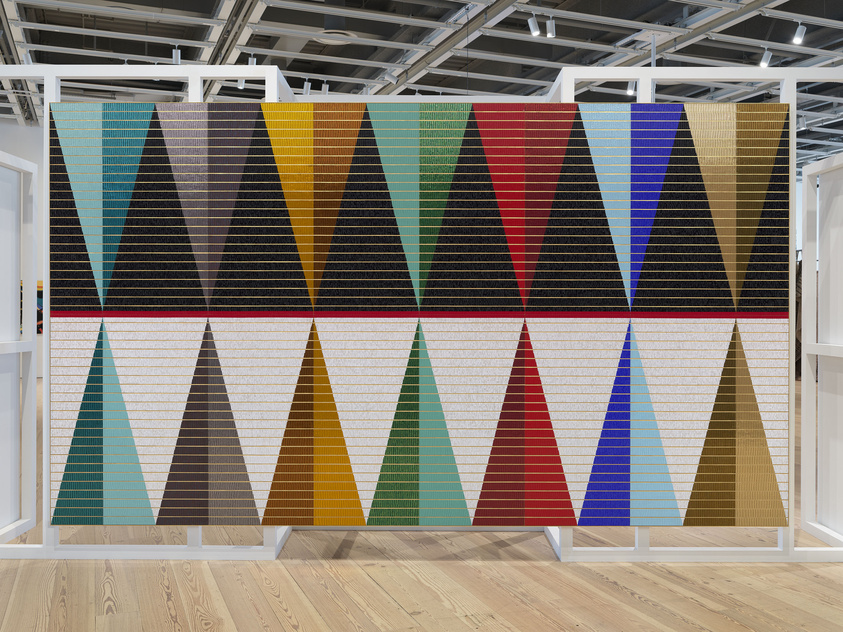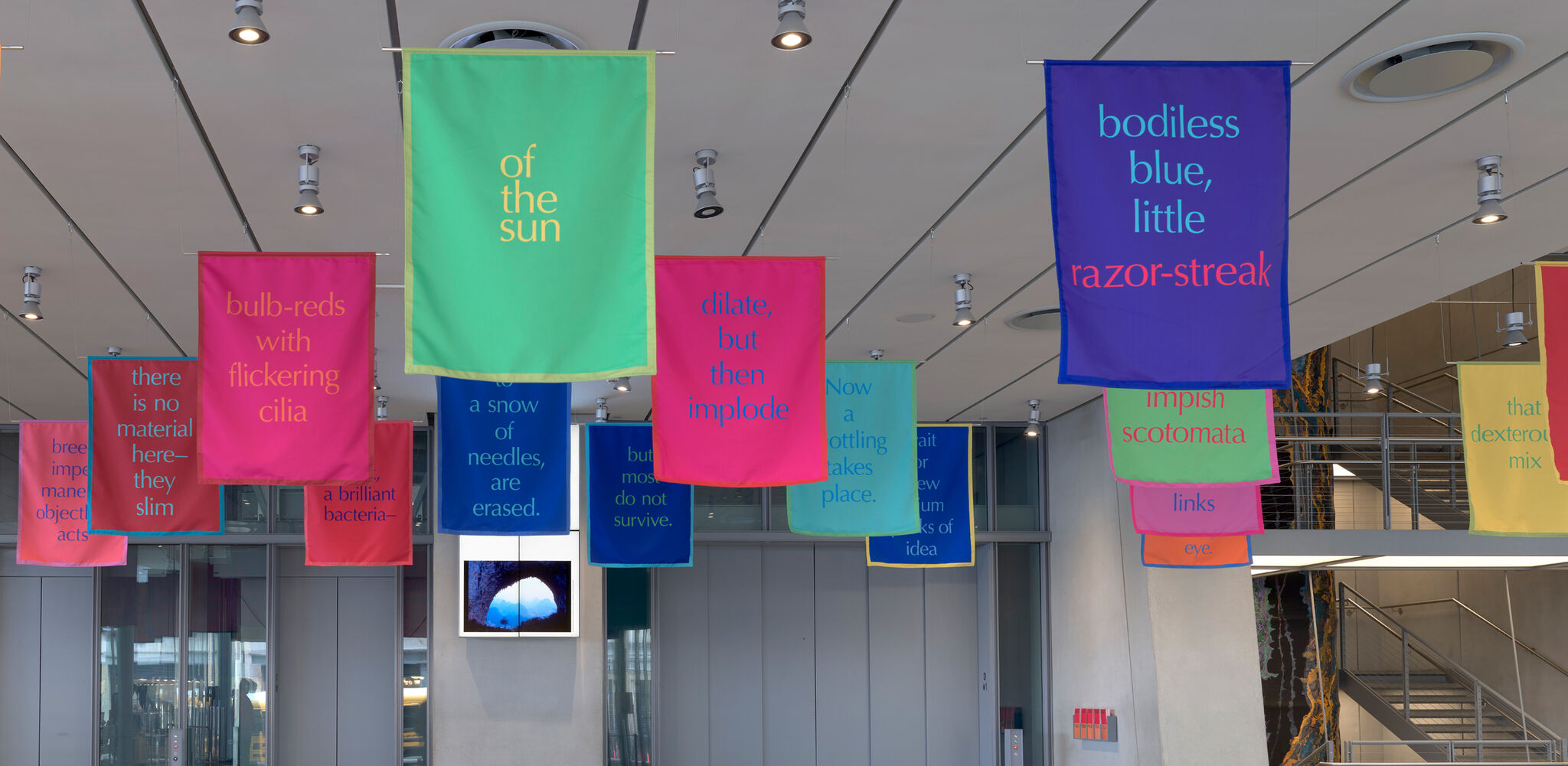Dyani White Hawk, Wopila | Lineage
Mar 10, 2022
0:00
Dyani White Hawk, Wopila | Lineage
0:00
Dyani White Hawk: My name is Dyani White Hawk. I am Sičangu Lakota through my mom, German and Welsh through my dad. I live in Shakopee Minnesota and I have a studio in Minneapolis.
I’m a painter and multimedia artist, so I do a lot of painting and beadwork, porcupine quillwork. And my practice pulls from the histories of Lakota abstraction and easel painting abstraction.
Beadwork is an important part of the artistic history of my tribe and has become an important part of my own artistic journey. The glass seed beads that have become synonymous with plains artwork were trade items that came through a relationship with non-native people. A lot of that work before the beads were available through trade was done in porcupine quillwork. You can see how exciting it must have been to all of a sudden have this beautiful new material to start incorporating into your artistic practices. And now, that has become so strongly integrated into the artistic history of native people that these European glass seed beads are now fairly synonymous with Native American artwork.
A lot of non-native people, and non-native painters were looking to the history of Native art. In beadwork, in porcupine quillwork, weaving, basketry you know and a lot of the most famous white male painters, who are lifted up as the founders of abstraction, were looking to Indigenous art. They were collecting that art because they recognized the strength and the agency and the beauty and the expertise of that work.
There’s a reason why they’re attracted to it, right, and a reason why they’re looking at it. And often even the tribes that the work is coming from is not spoken to, is not given the same kind of relevancy, importance, or honor as their non-native counterparts. So, my work really is meant to pull out and honor those intersections, to create opportunities for conversations where we can speak to the realities of our shared histories, and hopefully start creating narratives that are more honest and more truthful about our shared artistic history on this land base, so that hopefully our artistic narratives going forward reflect a greater truth.



